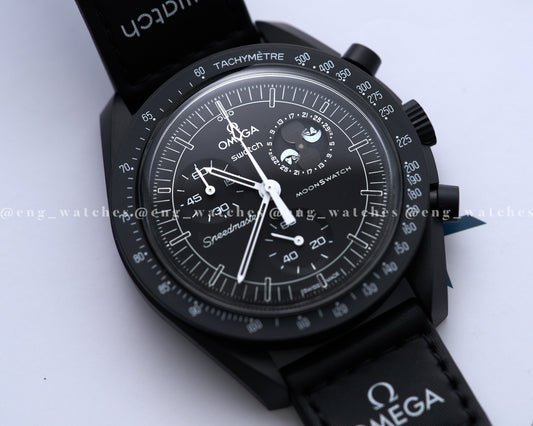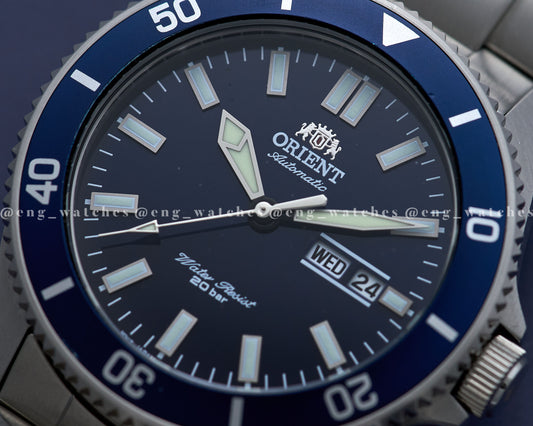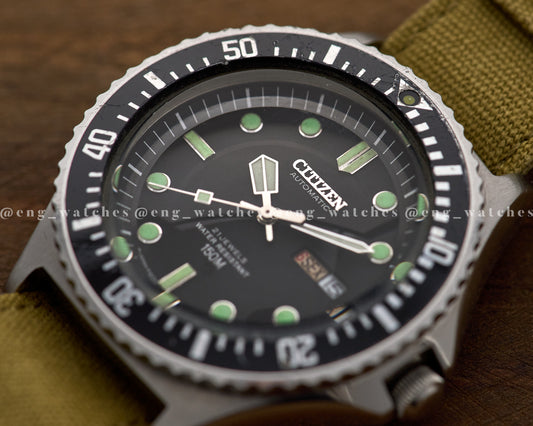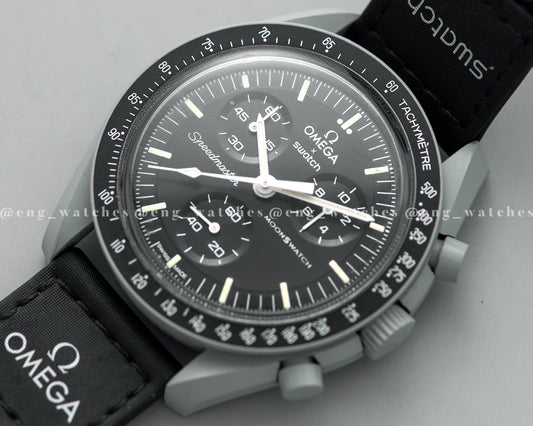
Demystifying Seiko's iconic divers
Turbo Partners
When we talk about diving watches, it’s hard not to think of the Rolex Submariner – even though it’s not the first modern diving watch as we know it. People might also think of the Omega Seamaster or the Breitling Superocean – some more “cult” ones might think of the Blancpain Fifty Fathoms (the real first modern diver), or the Zodiac Sea-Wolf, or the Longines Legend Diver or the…Seiko Captain Willard!
Yes, talking about diving watches and not mentioning the name Seiko is reckless. Despite having arrived “late” in the race (12 years after Blancpain), the Japanese company founded by Kintarõ Hattori has its place in the pantheon of divers. But, with so many nicknames like 62MAS, Cushion, Turtle, Slim Turtle, Willard, Tuna among others, it is often difficult to understand what is what in this “alphabet soup” - and that is what our article today wants to address.
In 1965, the brand’s first diving watch debuted: the 6217-800x. It was water-resistant to 150m, featured luminous indexes, hands and bezel, and was powered by the simple and robust 6217A calibre. Its nickname, 62MAS, comes from the first two digits of the calibre plus references to its autoMAtic and self-dater functions.

(Seiko SPB143J1, equipped with caliber 6R35, produced in 2021: a contemporary reinterpretation of the iconic 62MAS)
In 1967, Seiko introduced a new category of diving watches into its line: tools for professional diving, equipped with a monobloc case (without the possibility of disassembly through the back cover, thus eliminating a possible point of entry for water). The first representative of this line was the 6215-7000 - which was resistant to 300m of depth and had a more complex movement than the 6217 of the 62MAS. It can be considered the great-great-grandfather of the modern Marinemaster 300. It also debuted the classic combination of black and gold in the brand's divers.
In 1968, new models joined the brand's portfolio, marking the end of production of the 62MAS and 6215-7000.
1. In the “recreational” diving field, the brand presents the 6105-800x, equipped with a cushion case and maintaining resistance up to 150m in depth - this model is called “slim case 6105” or “slim cushion”.
2. In the field of “professional” diving, the brand presents the 6159-700x, equipped with a new 36,000 vph caliber (the true Hi-Beat) and resistant to the same 300m depth.

(Seiko 6105-8010 - model similar to the one used by Captain Willard, a character played by American actor Martin Sheen, in the 1979 film Apocalypse Now, directed by Francis Ford Coppola)
In 1970, the “recreational” diver with 6105 movement was updated to a new cushion case, with crown guards and an archaic crown locking system, in which a rubber band was placed inside it to prevent water from entering. This new diver became famous on the wrist of Capt. Benjamin Willard, Martin Sheen’s character in “Apocalypse Now”, which gave the piece its nickname.
In 1975, the brand's new "professional" diver debuted: the 6159-7010 or "Grandfather Tuna". A sturdy watch, with a titanium monobloc case, a strange "shoulder" protecting the bezel and crown made of titanium and coated in ceramic, an L-shaped rubber seal (which ensured greater resistance to the entry of water and foreign bodies), among others. The Tuna achieved an impressive resistance to a depth of 600 m, without the need for a helium valve and equipped with the same 6159 caliber at 36,000 vph as its predecessor. The Tuna still exists in the brand's lineup today.
In 1978, the “Willard” cushion-case “recreational” diver gave way to its replacement: the “Turtle”. Equipped with calibers 6306 or 6309, featuring a screw-down crown and new, larger, more visible hands and indexes, the “Turtle” is still present in the brand’s range today.

(Seiko "Turtle Pepsi" ref. SRP779 equipped with caliber 4R36, produced in 2015)
In 1982, the “recreational” diver gained another iteration and the “Slim Turtle” case began to coexist with the “Turtle”. Equipped with the same features in a more compact package, this case style dictated the diver watches most sold by the brand until it ended its cycle in the famous SKX line.

(Seiko 7c43-7010 "slim turtle" case, produced in 1977)
With Seiko reintroducing several of these models into its current lineup, we hope this article has shed some light on this alphabet soup and we look forward to exploring the models in more detail in future articles! Don’t forget to leave your feedback in the comments section.
By: Henrique Moraes (@henritd)










